


The Tarot of Ideals



The Numbers
A key to using the Tarot based on ideals is understanding the meaning of numbers. Most of the cards that you draw, using a complete deck, will be number cards. Some people seem to have more of a connection with numbers than others. This is manifested by more than just grades in math class; some associate numbers with little geometric shapes or patterns, almost like a mental overlay of card pips, that helped them do arithmetic in grade school. (I did.) And some even have a synesthetic perception of colors or other qualities associated with each digit. (I used to; I think they were based on the “Hands Down” card game. Especially that lime-green six.)
The basic premise is that numbers have their own meanings, basic archetypal meanings from deep inside the mind, just like the figures on the trump cards or court cards; and like these figures, numbers can be similarly interpreted when consulting the Tarot. Let the numbers speak to you.
Below is a collection of properties and associations with each of the numbers one through ten. Some of them are historical, such as those of the Pythagoreans; others seem to be part of a general Tarot tradition; and some likely come from my own mind. I have illustrated the concepts with a few images. I tried to keep them emotionally neutral; for example, associating eight with a spider might be interesting to some, hideous to others. Likewise, should the divine be associated with one, or three? (In medieval Italy, probably three.) I have also tried to ground the interpretations in real mathematical principles and relationships, mostly geometric, rather than get into too much esotericism. To paraphrase Plato, god is a geometer. The list only scratches the surface; once again, it is intended to stimulate your own thinking.

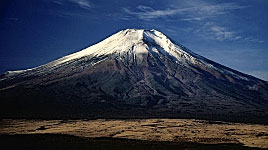



|
One: not really a number; the origin of all numbers.
Associations: beginning, origin, seed, potential, unity, identity, monad, independence, self-sufficiency, the best, nirvana.
Negatively: isolation, loneliness, egotism, narcissism, solipsism.

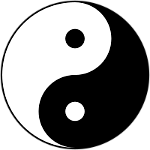
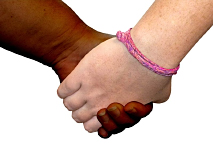
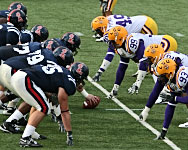

|
Two: the first number; even; prototypcal female; prime.
Associations: dynamic balance, dyad, yin and yang, differentiation, contrast, cooperation, pair, synthesis, symmetry, attraction, relationship, choice. The initial act of creation.
Negatively: opposition, separation, division, incombatibility, indecision, ambivalence, doubt.


_150.jpg)

|
Three: odd; prototypcal male; prime; triangular. The elemental plane figure.
Associations: growing strength, growth, procreation, a cord of three strands, simple stability of a tripod, social interaction, group, basic components/trichotomy, beginning/middle/end.
Negatively: conflict, alienation, a stranger or foreigner.


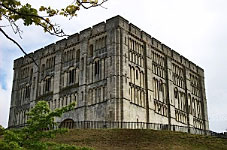
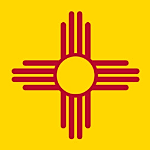
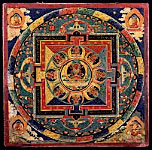
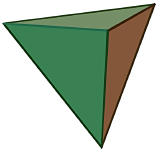
|
Four: doubly even; 2 × 2 square; Platonic solid (tetrahedron).
Associations: static balance, stability, reliability, upright, endurance, four seasons/cardinal points/classical elements, orientation, structure, foundation, boundaries.
Negatively: stagnation, boredom, entrapment, the commonplace.


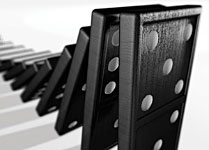


|
Five: odd; prime. The middle digit. The only number in this series that does not have a regular figure that tiles the plane. The first star shape (pentagram).
Associations: change, movement, energy, fulcrum, the midpoint. The quintessence. Man, in a position between heaven and earth. Tension, but the potential for something transcendent.
Negatively: instability, crisis, tipping point, discomfort, unease; one past balance, one short of harmony.



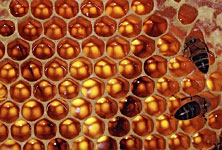
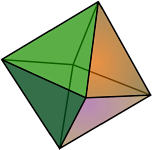
|
Six: even; the first composite of two primes (2 × 3); triangular; Platonic solid (octahedron).
Associations: harmony, complex organization, interconnection, system, network, industry, snowflake, honeycomb.
Negatively: confusion, chaos, noise, fragmentation.

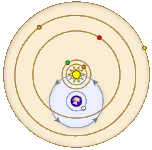
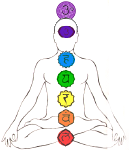

|
Seven: odd; the largest prime in this series. The only number that has neither factors nor a product in this series; it only appears once. “Everything is fond of sevens” (Iamblichus).
Associations: opportunity, intuition, luck, discovery, mystery, proliferation, seven classical planets, seventh son of a seventh son, seven seas/wonders/cities of gold/heavens/seals . . . .
Negatively: the unexpected, fate, loss of control, error.

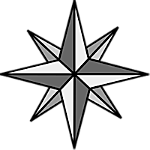

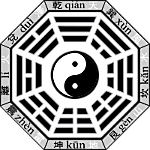

|
Eight: triply even; 2 × 2 × 2 cube; the only number in this series with three factors; Platonic solid (hexahedron).
Associations: power, authority, confidence, vigilance, the bagua, all the cardinal directions, moves of a chess queen. (Sometimes interpreted as completion, or eternity; but those honors belong to nine and ten in this base ten series.)
Negatively: aggression, domination, defeat.

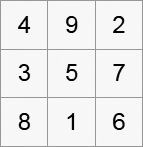


|
Nine: doubly odd; 3 × 3 square. The final digit.
Associations: completion, achievement, abundance, plenty, universality, cloud nine, nine lives.
Negatively: want, avarice, waste, failure, falling short.




|
Ten: even; composite of two primes (2 × 5); triangular (the tetractys); also tetrahedral. A new digit/order of magnitude.
Associations: new beginning, rebirth, awakening, perfection of the one, transcendence, victory.
Negatively: excess, over the top, ending, death.
Miscellaneous thoughts:
Even numbers are generally considered feminine or yin, odd numbers masculine or yang.
Two, three, five, and seven are prime numbers, strong and independent. Four, eight, and nine are powers of primes; six and ten are composites of two different primes.
The Platonic solids (there are only five) were associated in antiquity with the structure of the universe. A tetrahedron has four corners and four sides. Six objects form the corners of an octahedron, which has eight sides; eight objects form the corners of a hexahedron, which has six sides.
A square-based pyramid is interesting from an architectural standpoint, but geometrically it is just the top half of an octahedron.
The triangular numbers (one, three, six, and ten) culminate in the tetractys, which was considered divine by the Pythagoreans.
One, two, three, five, and eight are the beginning of the Fibonacci series, which appears in diverse mathematical and biological systems. Successive members of the series approximate the golden ratio.
Three, four, and five are the sides of the basic right triangle, whose area is six.
Tarot cards are based on sevens, in that each minor suit has 2 × 7 cards, and there are 3 × 7 trump cards. (The Fool is a wild card.)
The Pythagoreans considered three to be the first actual number, because two was just a reflection of the one. There may be an anthropologic or even neurologic basis for this; some preliterate societies only had words for one, two, and many, and a number of languages (including English) have or once had singular and dual number as well as plural, implying that one and two are the building blocks for the other numbers. Additionally, there seems to have been a basic mistrust of two in western tradition. I think of two more in Taoist terms, the basic differentiation that produces something from nothing. Also, users of the I Ching have traditionally used two and three to represent even and odd respectively.
Four seems to be the maximum number of objects that is universally recognized without resorting to counting. (In this, we are not that different from crows!) Civilizations throughout Europe, the middle east, and the Indus valley, as well as the Maya in the new world, used tally systems that completed a group using a different symbol or arrangement of symbols for the number five. (Think of how we make up to four tally marks, then cross them with a fifth; or the Roman numerals I, II, III, IIII, V.) Four is thus the limit of the easily perceived, and five crosses a mental frontier into actual counting.
Playing card numbers stop with ten. It may be tempting to continue the series, adding two more primes as well as twelve, a supremely harmonious number; but I suspect that the western abhorrence of the number thirteen (which would be the Queen in Tarot decks, the King in traditional decks) forbids it.
Negating or reversing these qualities is variously interpreted, and may depend on your situation. For example, the opposite of power may be weakness; or it may be a “dark side” of power such as aggression; or it may be power turned against you; or it may represent something hindering you from attaining or using power.
Picture credits; the images above are either public domain or my own work except as noted.